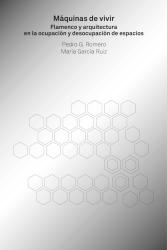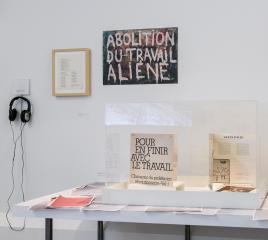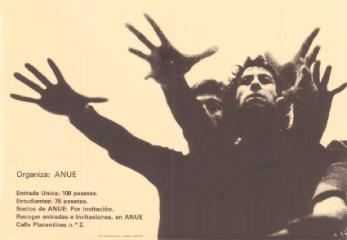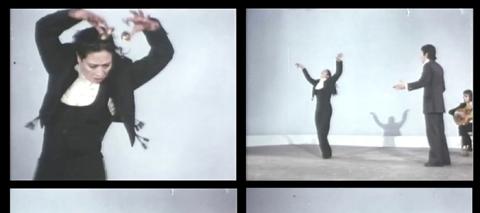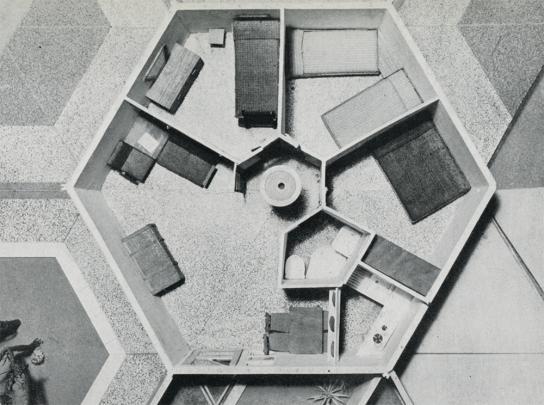Rüsselsheim, 2016
Marco de Ana and María García
20.04.2018
(A rehearsal for Oratorio)
Video-narration and dance
In collaboration with Sant Andreu Contemporani and El Dorado Sociedad Flamenca Barcelonesa
Friday 20 April, 8 p.m.
Place: Fabra i Coats - Centre d'Art Contemporani de Barcelona (carrer de Sant Adrià, 20)
Free entrance. Limited places
This project derives from a free interpretation of Alfonso Jiménez’s work Oratorio—which is in turn an interpretation of Antígona—in a very particular situation: the representation carried out by the Teatro Estudio Lebrijano group in 1971 in Rüsselsheim, the main headquarters of the car manufacturer Opel, before their employees, which were predominantly Spanish migrants.
The piece spans the ruins of work, delving into the employees’ homelessness and allowing them to be carried away by the flamenco, allowing their anachronism to reveal certain hidden relationships between time and space through the repetition of actions suspended in the cracks of history.
Marco de Ana. Flamenco dancer of full artistic training with experience performing in Spain’s best flamenco venues. He is part of Israel Galván’s creative team, collaborating as assistant choreographer and ‘repeater’. In recent years he has debuted ten original performances in important dance festivals in Spain and abroad, such as the ImPulsTanz Festival in Vienna, the Flamenco Festival in Düsseldorf and the Flamenco Festival in Jerez de la Frontera.
María García. Visual artist and independent researcher with training in architecture. The projects carried out are largely experimental, revolving around production and the representation of territory through the articulation of hybrid narratives of image, writing and action.
The Machines of living. Flamenco and architecture in the occupation and vacancy of spaces exhibition unravels its performative dimension with these public activities. Three updates of three case studies are presented, which form part of the environment known as Theatre Space, from which it is noted how gypsy and flamenco artists, with regard to political demands in the late Franco regime and the transition to democracy, and in the area of theatre in particular, were aware of the spatial transformations on display in the exhibition, and how the new ways of inhabiting territory required a certain deterritorialisation of the old stages.




